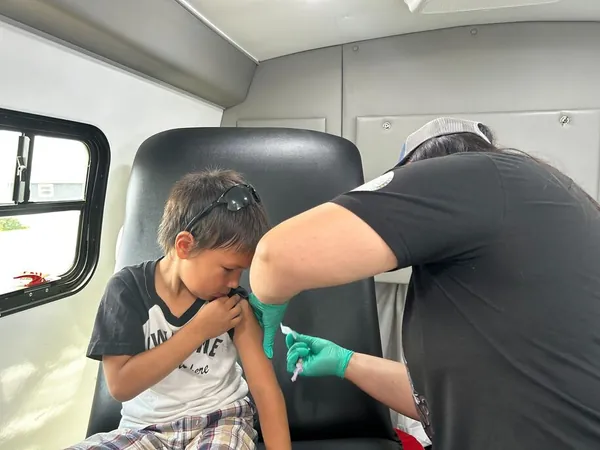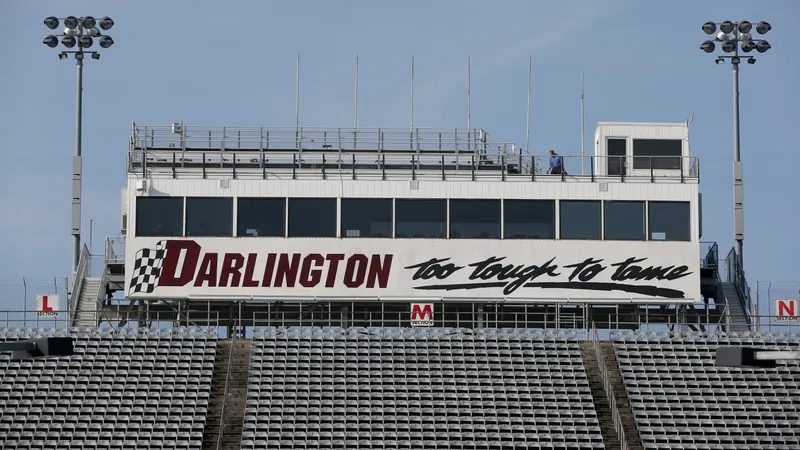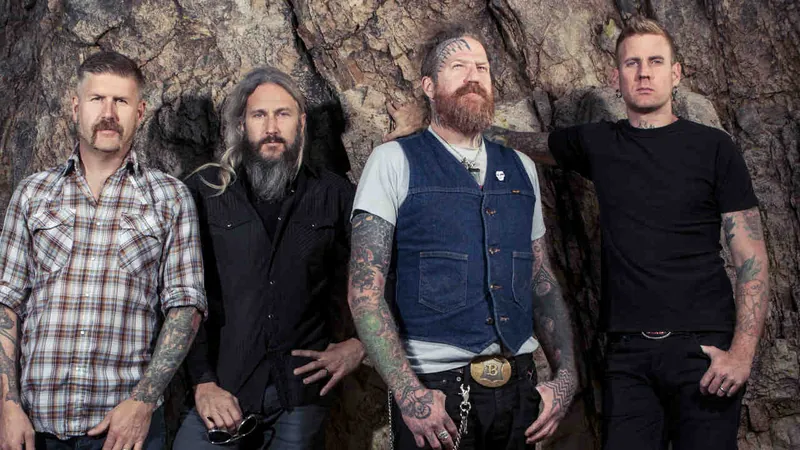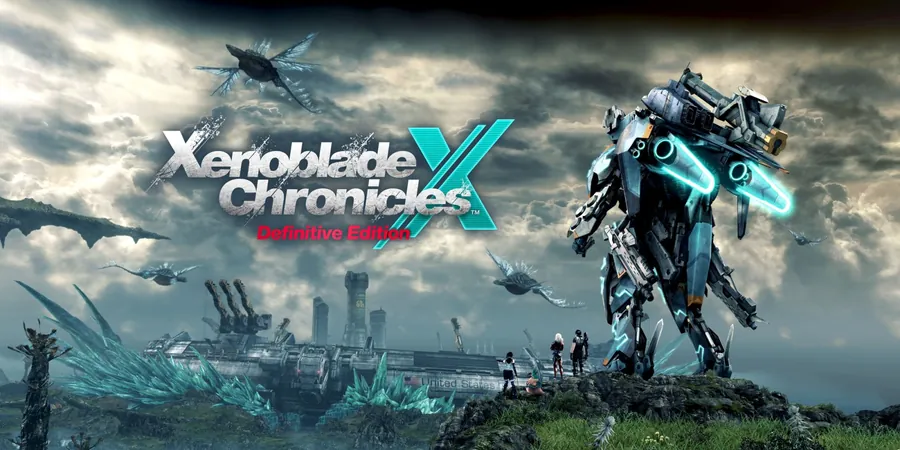
Urgent Action Needed: Measles Outbreak Strikes U.S., Especially in Native American Communities!
2025-07-26
Author: Kai
A Measles Epidemic Unfolds!
Measles is wreaking havoc across the United States, with a staggering 1,319 confirmed cases reported as of July 23, the highest level since 1992. The Centers for Disease Control and Prevention (CDC) warns that the virus can linger in the air for up to two hours, capable of infecting up to 90% of unvaccinated individuals. Shockingly, among the total cases, 92% involve those who are unvaccinated or lack vaccination records.
Native American Communities Face Unique Challenges
Despite efforts to combat this outbreak, Native Americans are reported to have significantly lower vaccination rates compared to the national average. Data indicates disparities in immunization, with surveys showing some Native American populations trailing behind their white counterparts, particularly in states like South Dakota and Montana.
The Indian Health Service (IHS), which primarily serves rural Indigenous communities, reveals a troubling statistic: only 76% of children aged 16 to 27 months have received their first measles shot—10 percentage points lower than a decade ago. Although many IHS patients catch up on vaccinations before turning 17, a worrying trend emerges: many may remain unvaccinated due to various barriers.
Barriers to Vaccination—What’s Holding Them Back?
Rural isolation plays a huge role. Many Native Americans live far from healthcare facilities, facing transportation issues that hinder access to vital vaccinations. Additionally, a deep-rooted mistrust of the IHS, often criticized for being underfunded and overstrained, exacerbates the situation.
Vaccine skepticism has been on the rise in Native communities, reflecting broader nationwide trends. Historical injustices and the devastating impact of past pandemics have left scars, leading many to question the healthcare system.
A Swift Response from Tribal Health Officials
In response to the alarming rise in measles cases, the Great Plains Tribal Leaders' Health Board sprang into action. As cases emerged near their South Dakota headquarters, they ordered extra safety measures and established a dedicated measles command team to tackle the crisis.
Darren Crowe, a vice president at the Oyate Health Center, recounts receiving a flurry of calls from anxious parents checking on their children's vaccination status. The health board has proactively reached out to families, using data to identify those who may need vaccinations.
Effective Outreach Can Make a Difference
Health experts emphasize that meaningful outreach is crucial. Personalized, nonjudgmental communication can break down barriers and increase acceptance of vaccinations. By first understanding families’ fears and experiences, health workers can effectively convey the importance of immunization.
When approached in a supportive manner rather than through lectures, many are willing to vaccinate their children against measles, mumps, and rubella. The goal is clear: to ensure community safety and health, as the outbreak continues to pose serious risks.
Act Now to Protect Our Future!
With the outbreak escalating, prompt action and continued education about the importance of vaccinations are more crucial than ever. Native American communities, and indeed, all populations at risk, need robust support to overcome the vaccine barriers and ensure their families are protected against this preventable disease!




 Brasil (PT)
Brasil (PT)
 Canada (EN)
Canada (EN)
 Chile (ES)
Chile (ES)
 Česko (CS)
Česko (CS)
 대한민국 (KO)
대한민국 (KO)
 España (ES)
España (ES)
 France (FR)
France (FR)
 Hong Kong (EN)
Hong Kong (EN)
 Italia (IT)
Italia (IT)
 日本 (JA)
日本 (JA)
 Magyarország (HU)
Magyarország (HU)
 Norge (NO)
Norge (NO)
 Polska (PL)
Polska (PL)
 Schweiz (DE)
Schweiz (DE)
 Singapore (EN)
Singapore (EN)
 Sverige (SV)
Sverige (SV)
 Suomi (FI)
Suomi (FI)
 Türkiye (TR)
Türkiye (TR)
 الإمارات العربية المتحدة (AR)
الإمارات العربية المتحدة (AR)